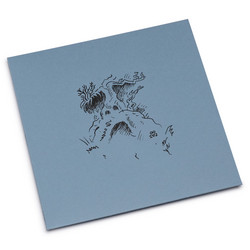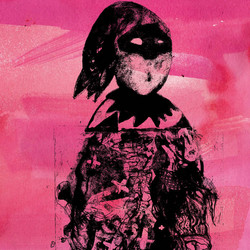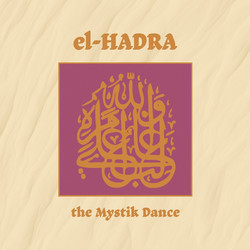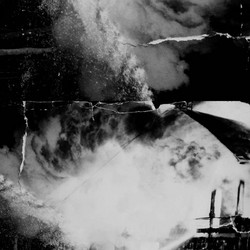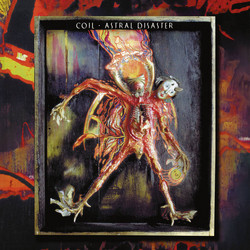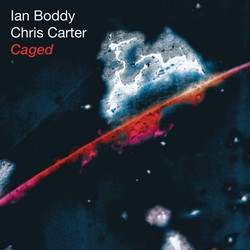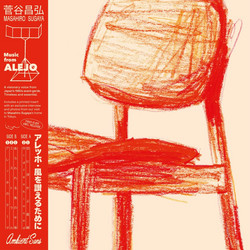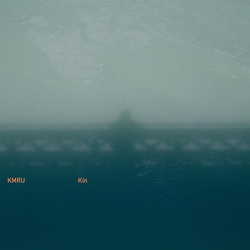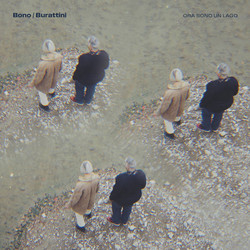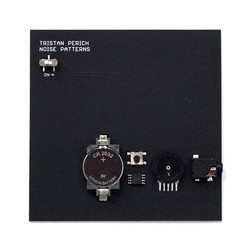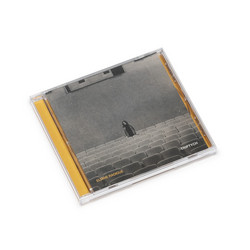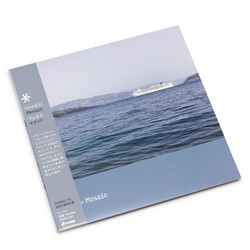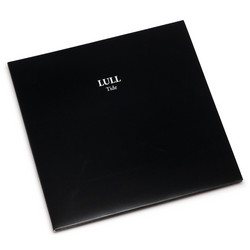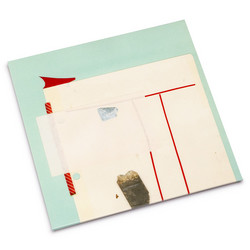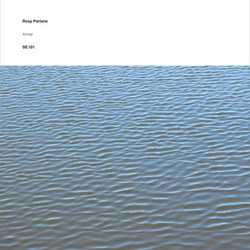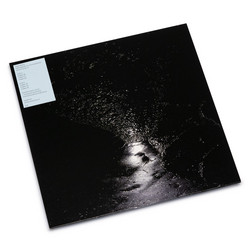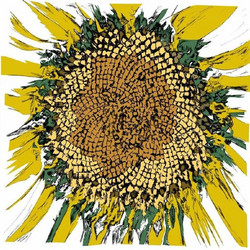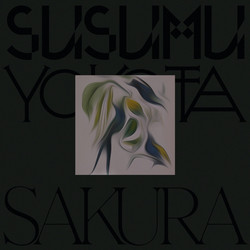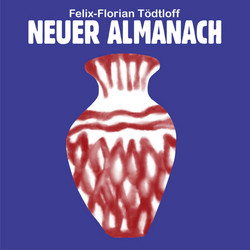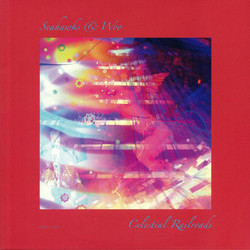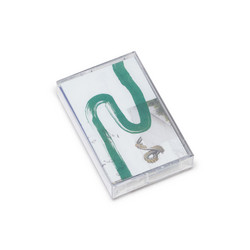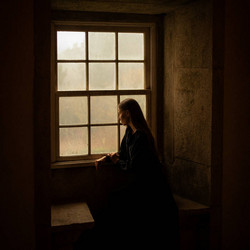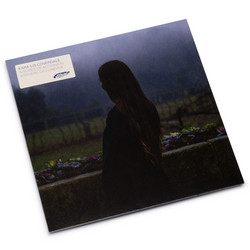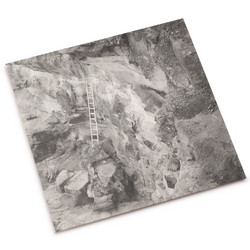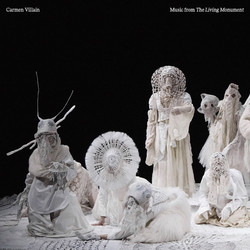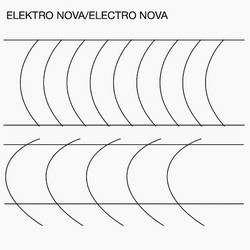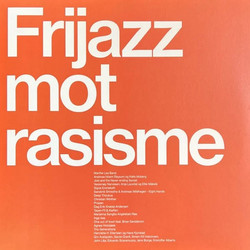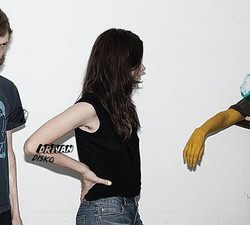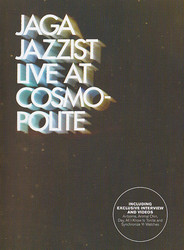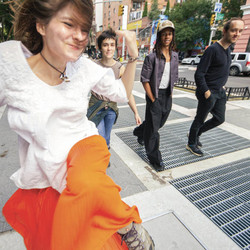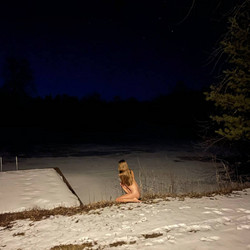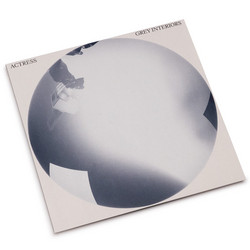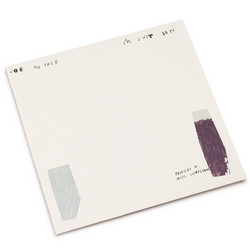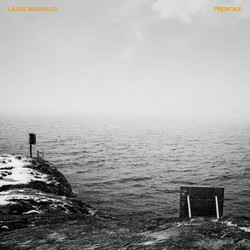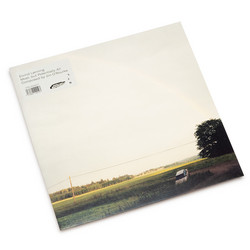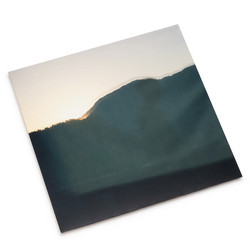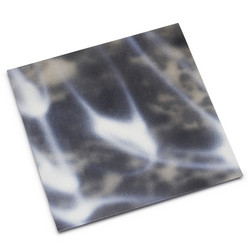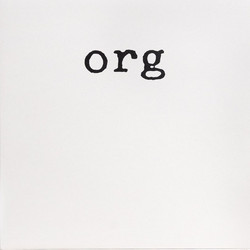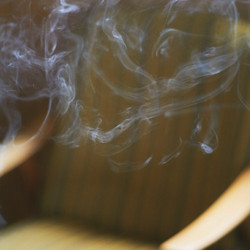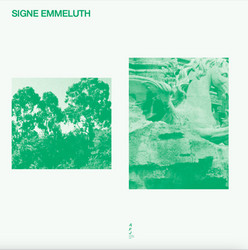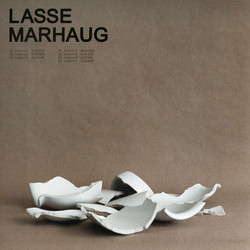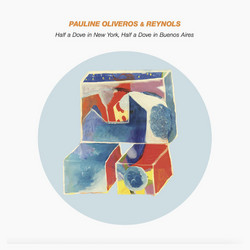1
2
3
4
*300 copies limited edition* Over the last decade experimental composer Ash Fure has refined a music practice that eschews the conventions of composition and notation, favouring visceral sonic experiences in which sound is sculpted, thrown and felt. “Without language, people presume music is abstract,” she notes, “but I actually don’t feel it as abstract at all. I feel it as a really concrete and physical phenomenon.” With a PhD in music composition from Harvard and as Associate Professor of Sonic Arts at Dartmouth College and Co-Artistic Director of experimental opera company The Industry, Fure creates work and conducts research that explores the substance of sound.
She often pairs her compositions back to the most fundamental sonic elements: friction, vibration, speaker cones, and the way these things activate architectural resonances. “What I’m looking for is this sense of pattern to emerge out of the thickness of life, out of recordings that have a vitality, or have a messiness, where you start to see the invisible infrastructure behind the energy,” she describes. In The Force Of Things: An Opera For Air (2014 - 2022), 32 subwoofers vibrate at 10.67 Hertz - just below human hearing, yet slow enough to make the speaker cones’ vibrations visible - making the entire installation tremble. Working closely and often with architects Xavi Aguirre, her partner, and Adam Fure, her brother, the artist creates vast installation worlds that centre the material energetics of sound.
“I’m interested in sounds that cause a bodily reaction,” explains Fure. This is evident in Hive Rise (2020), originally debuted at Berghain for CTM Festival, which is staged as a physical encounter with sound. Fure plunges her hands into the pulsating air produced by a rig of speaker cones, while 14 performers activate the performance space, throwing their voices with 3D-printed acoustic horns. Though ambitious in scope, Fure’s unique approach to performance and instrumentation is always geared towards bringing the body into her sound.
Even during the Covid-19 pandemic, holed up in her apartment, Fure sought ways to bring full-bodied listening experiences to that moment of introspection and claustrophobia. Interior Listening Protocol 01 is a participatory listening score that positions the listener as conductor, using the resonant cavities of two mason jars placed over both ears to create an interplay between an electronic composition and the acoustic environment of the space in which you hear it. During this same period Fure developed a laptop percussion piece, in which she used her hands to shape and direct a percussive rhythm amplified out of her MacBook speakers.
It was out of this experiment, forged in the restricted space of domestic quarantine, that the idea that would grow into Animal was born. Part performance, part sculptural sound work, Animal sees Fure returning to the upturned subwoofer rig of previous pieces, playing 12 inch speaker cones with a large sheet of polycarbonate. First staged as a ‘listening gym,’ constructed with architect Xavi Aguirre as a “sensory circuit workout” complete with a custom gym rig of sonic excercise machines, the project enables an active embodiment of sound, with audiences invited to exercise their animal capacities of sense.
Fure uses the polycarbonate as a reflective surface and as a source of real-time filtering for sound and light simultaneously. This translucent material allows her to interact with lights built into the instrumental rig, and beam reflected sound and light around the exact architecture she's in. Pulsing as a psychoacoustic assemblage of sub-bass, sonar clicks and white noise, you don’t so much hear ANIMAL as feel it, the act of listening underlined as a somatic process.
“It’s really just me playing the room, figuring out how this material adapts to each architecture and each kind of crowd,” notes Fure. Indebted as much to Raster-Noton, Ryoji Ikeda and techno as it is to contemporary classical composition and the American avant-garde, the piece is inspired in part by Fure’s experiences in clubs in Berlin and Detroit, intended as “a Feminist push against some of the more disembodied approaches to electronic music.”
It’s also an embodied address of the steady creep of generative AI into electronic music. “I was making this piece at the moment when a lot of the AI hysteria was coming in hard,” recalls Fure. “What interested me was less that it’s going to replace musicians, but what the rational superiority of these AI systems was going to do to our sense of human exceptionalism. All of a sudden, that’s not what keeps us on top of the hierarchy.” In this way, Fure considers Animal “a rediscovery of our animal intelligence, a realignment of ourselves with the animal world in the face of AI.”
“We can hear music, we have senses and bodies and all these ways to draw in intelligence and information that AI can’t possibly mimic,” she continues. By centering the piece around the physical direction and filtering of sound, a feat of athleticism that has Fure drenched in sweat by the end of each performance, Animal itself embodies an understanding of electronic music that is fundamentally human. Or, as Fure succinctly challenges: “algorithm this motherfucker, I dare you.”
She often pairs her compositions back to the most fundamental sonic elements: friction, vibration, speaker cones, and the way these things activate architectural resonances. “What I’m looking for is this sense of pattern to emerge out of the thickness of life, out of recordings that have a vitality, or have a messiness, where you start to see the invisible infrastructure behind the energy,” she describes. In The Force Of Things: An Opera For Air (2014 - 2022), 32 subwoofers vibrate at 10.67 Hertz - just below human hearing, yet slow enough to make the speaker cones’ vibrations visible - making the entire installation tremble. Working closely and often with architects Xavi Aguirre, her partner, and Adam Fure, her brother, the artist creates vast installation worlds that centre the material energetics of sound.
“I’m interested in sounds that cause a bodily reaction,” explains Fure. This is evident in Hive Rise (2020), originally debuted at Berghain for CTM Festival, which is staged as a physical encounter with sound. Fure plunges her hands into the pulsating air produced by a rig of speaker cones, while 14 performers activate the performance space, throwing their voices with 3D-printed acoustic horns. Though ambitious in scope, Fure’s unique approach to performance and instrumentation is always geared towards bringing the body into her sound.
Even during the Covid-19 pandemic, holed up in her apartment, Fure sought ways to bring full-bodied listening experiences to that moment of introspection and claustrophobia. Interior Listening Protocol 01 is a participatory listening score that positions the listener as conductor, using the resonant cavities of two mason jars placed over both ears to create an interplay between an electronic composition and the acoustic environment of the space in which you hear it. During this same period Fure developed a laptop percussion piece, in which she used her hands to shape and direct a percussive rhythm amplified out of her MacBook speakers.
It was out of this experiment, forged in the restricted space of domestic quarantine, that the idea that would grow into Animal was born. Part performance, part sculptural sound work, Animal sees Fure returning to the upturned subwoofer rig of previous pieces, playing 12 inch speaker cones with a large sheet of polycarbonate. First staged as a ‘listening gym,’ constructed with architect Xavi Aguirre as a “sensory circuit workout” complete with a custom gym rig of sonic excercise machines, the project enables an active embodiment of sound, with audiences invited to exercise their animal capacities of sense.
Fure uses the polycarbonate as a reflective surface and as a source of real-time filtering for sound and light simultaneously. This translucent material allows her to interact with lights built into the instrumental rig, and beam reflected sound and light around the exact architecture she's in. Pulsing as a psychoacoustic assemblage of sub-bass, sonar clicks and white noise, you don’t so much hear ANIMAL as feel it, the act of listening underlined as a somatic process.
“It’s really just me playing the room, figuring out how this material adapts to each architecture and each kind of crowd,” notes Fure. Indebted as much to Raster-Noton, Ryoji Ikeda and techno as it is to contemporary classical composition and the American avant-garde, the piece is inspired in part by Fure’s experiences in clubs in Berlin and Detroit, intended as “a Feminist push against some of the more disembodied approaches to electronic music.”
It’s also an embodied address of the steady creep of generative AI into electronic music. “I was making this piece at the moment when a lot of the AI hysteria was coming in hard,” recalls Fure. “What interested me was less that it’s going to replace musicians, but what the rational superiority of these AI systems was going to do to our sense of human exceptionalism. All of a sudden, that’s not what keeps us on top of the hierarchy.” In this way, Fure considers Animal “a rediscovery of our animal intelligence, a realignment of ourselves with the animal world in the face of AI.”
“We can hear music, we have senses and bodies and all these ways to draw in intelligence and information that AI can’t possibly mimic,” she continues. By centering the piece around the physical direction and filtering of sound, a feat of athleticism that has Fure drenched in sweat by the end of each performance, Animal itself embodies an understanding of electronic music that is fundamentally human. Or, as Fure succinctly challenges: “algorithm this motherfucker, I dare you.”
Details
